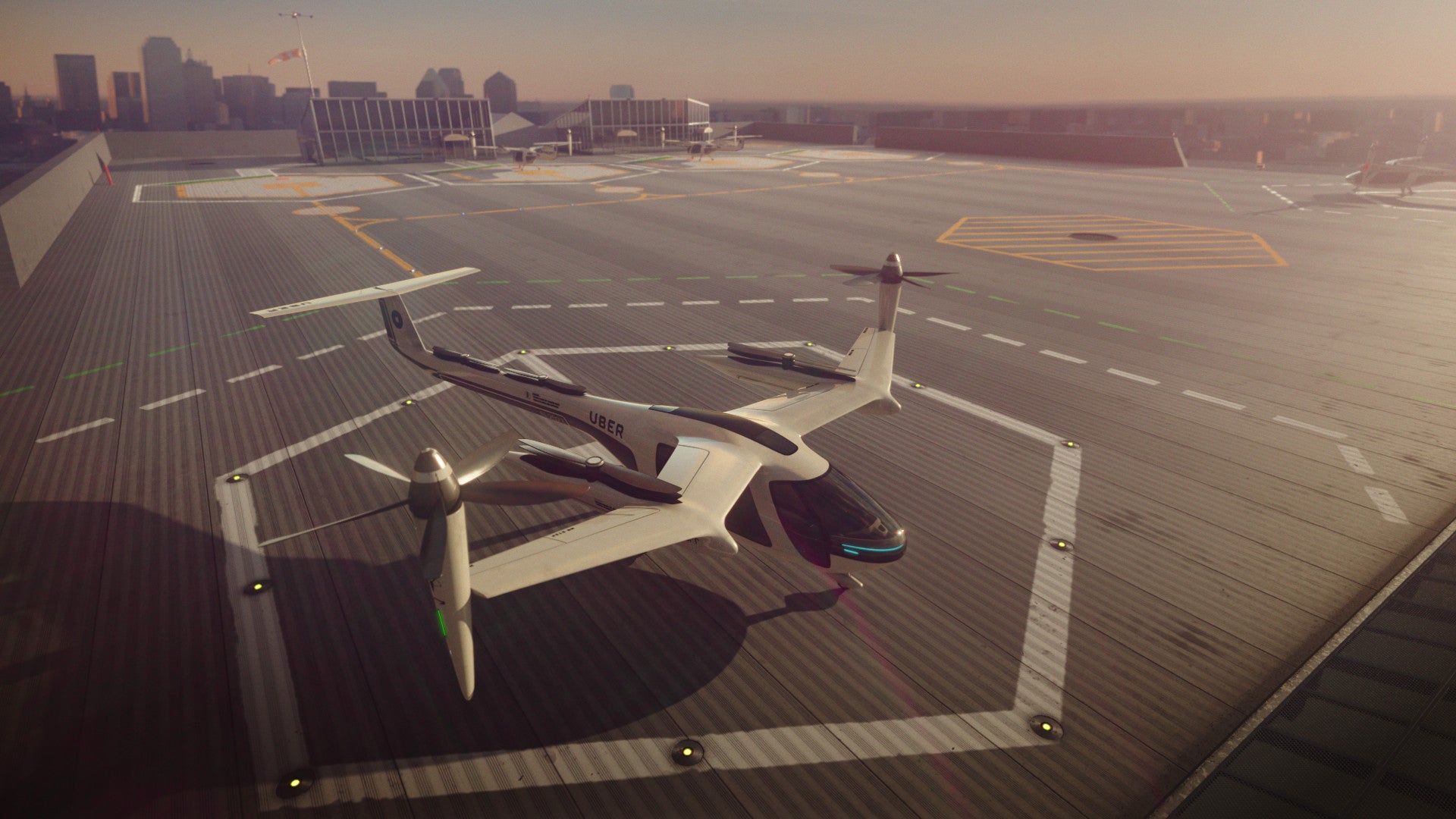Electric air taxi investors aim to replace the Uber ride
Investors are pouring money into electric air taxis. Firms building the small aircraft, capable of vertical take-off and landing (eVTOL), raised $138.7 million in 2017 and $128.5 million in 2018, reports Pitchbook, a private equity research firm. The startups are aiming to replace a chunk of the $1.2 trillion that US households now spend on ground transportation and conventional air travel each year.


Investors are pouring money into electric air taxis. Firms building the small aircraft, capable of vertical take-off and landing (eVTOL), raised $138.7 million in 2017 and $128.5 million in 2018, reports Pitchbook, a private equity research firm. The startups are aiming to replace a chunk of the $1.2 trillion that US households now spend on ground transportation and conventional air travel each year.
But it’s time to go big or go bust for such startups, says Pitchbook. With the cost of certifying new aircraft hovering at around $1 billion, most of the ventures are burning cash as fast (or faster) than they can raise it, mostly to fund research and development.
While such startups received less funding in 2019 than in years past, just $68 million, Pitchbook predicts they’ll get a record level of investment in 2020, noting China’s EHang has filed to go public in hopes of raising about $200 million and the German startup Lilium may seek $500 million in its next round of financing.
The opportunity for investors is urban congestion. With economic activity and populations migrating to cities, traffic congestion has worsened with no end in sight. The services once expected to alleviate traffic, particularly ride-hailing, have only made it worse in some places. A 2018 study by San Francisco’s traffic agency found delays rose 60% between 2010 and 2016, half of which was pinned on ride-hailing services such as Uber and Lyft. San Francisco has now begun banning personal cars on its busiest street, following the lead of other cities doing the same.
One answer is eVTOL. Today, short-haul air transport is the domain of pricey helicopters whisking passengers across major metropolises at about $9 per mile. But helicopters are extremely expensive to maintain and operate due to fuel costs and frequent inspections (the main engine and rotor are the only sources of propulsion and subject to strict maintenance schedules). By contrast, electric air taxis under development run on cheap electricity and benefit from multiple rotors with relatively few moving parts. Regular routes piloted by autonomous software would bring down prices even more.
Pitchbook estimates eVTOL could eventually cost around $5 per mile. Uber’s proposed autonomous air taxi services Elevate, under development with Bell Labs, says it could bring the price as low as $2 per mile, equivalent to today’s ride-hailing prices on the ground.
But only test pilots will be flying these for the time being. Launch dates now in the mid-2020s could be pushed back by years by technological and regulatory hurdles. Today’s batteries and autonomous software aren’t quite ready. Short hops are fine—China’s EHang can manage 20-minute trips between recharging—but a robust flight system capable of regular commercial flights over densely populated cities (with energy to spare) remains out of reach. And earlier this year, Daniel Elwell, acting chief of the US Federal Aviation Administration, said one of the most exciting developments in air travel still has to be made one of the safest.